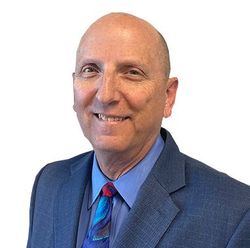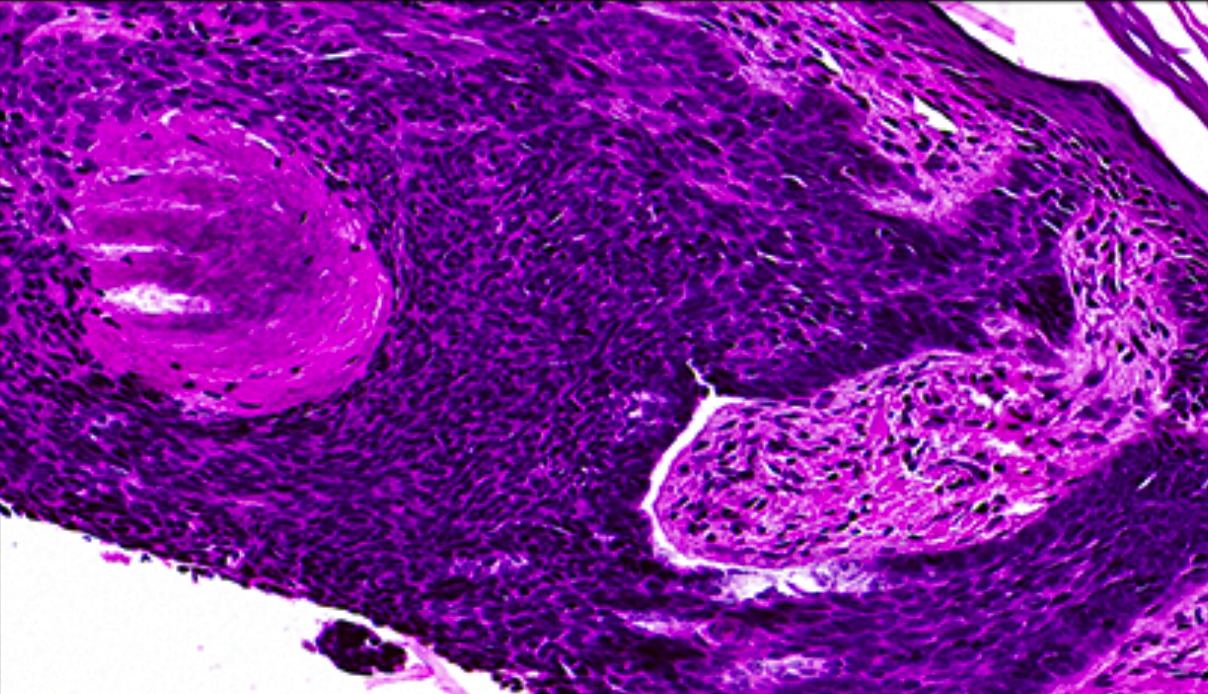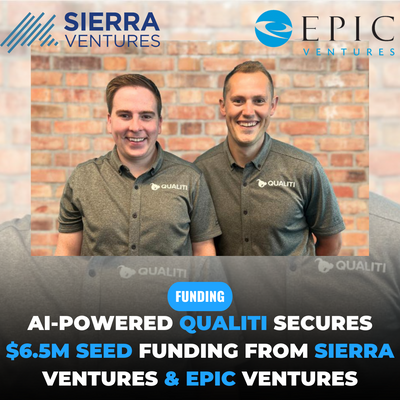Personal journey preps the author for a major sense of déjà vu as he is reconnected with the world of histopathology for the first time since 1978
The news itself is fairly straightforward: Salt Lake City-based PathologyWatch announced early this morning it has closed a $25 million round of Series B funding.

The funding had participation from six investment companies – Ceros Capital Markets, Rock Creek Capital, Springtide Capital, Spark Growth Ventures, Blueprint Health, and Blackbrook Management Group – along with PathologyWatch's existing investors.
According the company news release (and through my conversation yesterday with Dan Lambert, the PathologyWatch Founder, CEO and CTO), I learned that the company is looking to disrupt what it feels is a $17 billion Total Addressable Market (TAM) for "dermatopathology services" around the globe.

And it was in that moment that I got the worst case of déjà vu as I was mentally and emotionally thrust back in time to the summer of 1978.
My Summer Job in a Histopathology Lab
My first summer back from my two years of 24x7 volunteer service as a full-time missionary for the Church of Jesus Christ of Latter-day Saints, I didn't really care what kind of work I got. I just knew I needed a full-time gig to help pay for college that coming fall.
So when my friend Eric said he could get me a decent-paying job working eight hours a day, six days a week, I didn't ask many questions.
Next thing I knew I was rolling up to a histopathology lab at 4am in San Francisco.
{NOTE: Dictionary.com defines histopathology thusly – "the science dealing with the histological structure of abnormal or diseased tissue; pathological histology."}
My role that summer?
Unpacking and prepping sometimes hundreds of sealed vials in a single morning: vials that typically contained some of the most gross-looking and foul-smelling samples of biopsied skin and dermatological abnormalities that had been removed from patient's bodies and sent to SanFran to be prepped for microscopic examination by healthcare professionals.
And when I write "gross-looking and foul-smelling," trust me – you have NO IDEA how bad it was.
I lasted one summer at that job and that was it, never to return again. Ever.
So ... when Lambert was giving me a quick rundown yesterday on the core challenges PathologyWatch is addressing, it ALL came flooding back to me.
The PathologyWatch Approach to Market Disruption
According to Lambert, there are over 25 million skin biopsies performed in the United States each year.
As it turns out, the process for determining whether or not a patient has skin cancer or some other type of skin-based disease/condition is essentially the same as it was back in 1978:
- A doctor or healthcare professional identifies and removes a concerning growth or abnormality from the skin;
- The growth/abnormality is forwarded to a laboratory where the sample is prepped for viewing underneath a microscope; and
- The sample is then examined by a professional to diagnose the presence (or absence) of cancer or some other disease/condition, so
- A treatment protocol/regimen can then be ordered.
Where Lambert believes that PathologyWatch has an advantage is the fact that it
- Owns its own histopathology labs, and has also
- Developed its own software for digitizing and viewing the sample images,
- Images which can be uploaded into the three most popular and widely used Electric Medical Record software programs used by dermatologists and/or other medical professionals.
In addition, PathologyWatch is in the earliest phases of developing its own artificial intelligence software for analyzing and understanding microscopic dermatological imagery.
So with the new monies, the company is looking to fill several new marketing/sales/business development positions.
PathologyWatch also plans to build-out four new histopathology labs, with one each in Arizona, southern California, Florida, and Texas.
Together with its two existing labs in Utah and northern California, Lambert calculates the company can reach and serve more dermatologists across the country.
Bottom line? As biotech-geeky as this stuff sounds, I know enough about this marketplace (given my crazy summer job decades ago), that I think Lambert and PathologyWatch are really onto something here.








